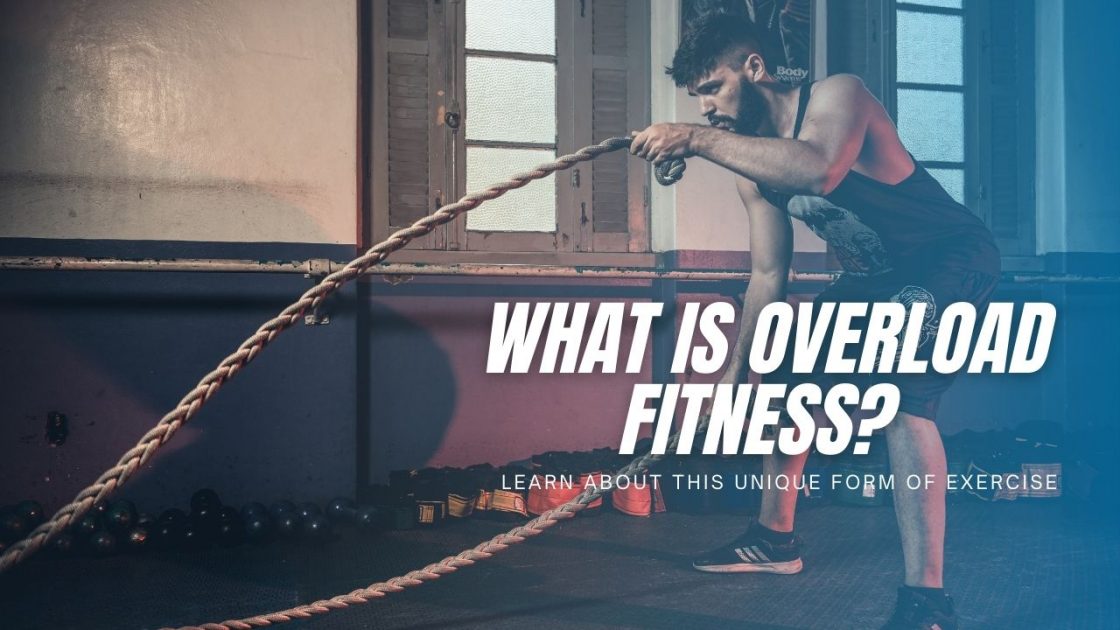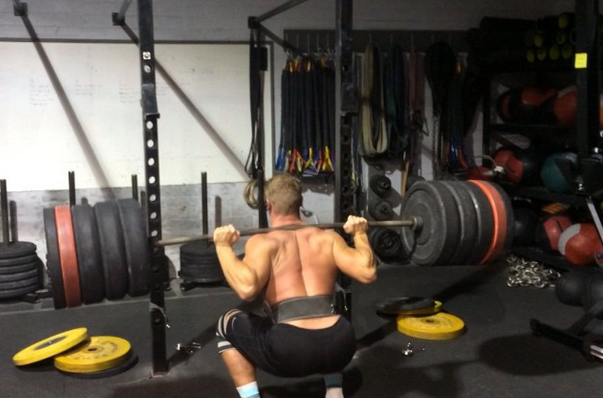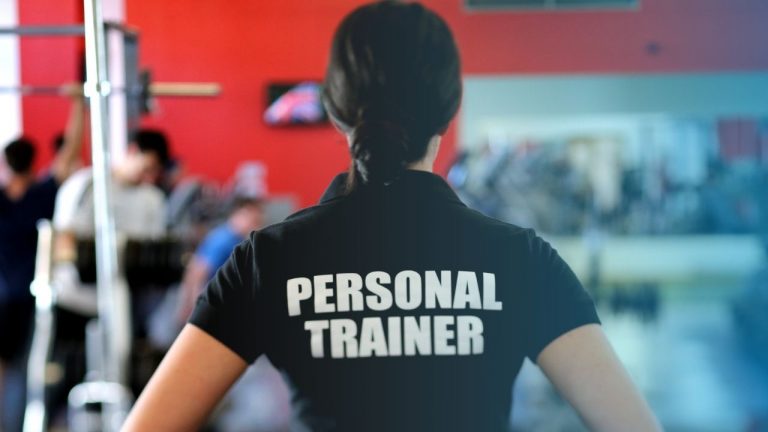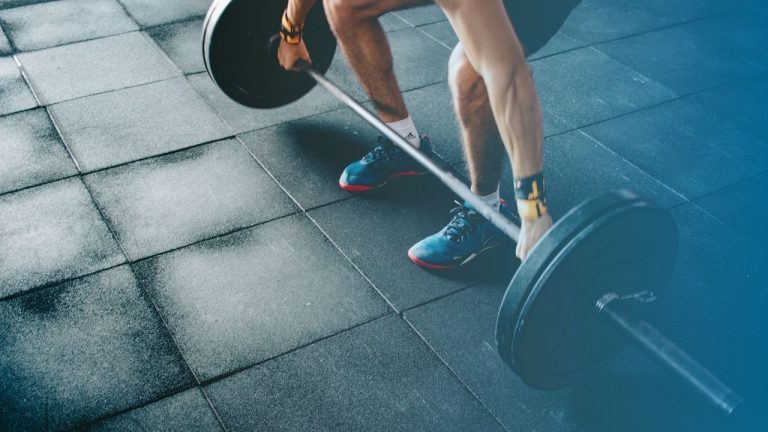
What is Overload Fitness? Learn About This Unique Form of Exercise
If you’re looking for a new and unique form of exercise, overload fitness may be what you’re looking for! This workout style is designed to push your body to its limits, improving strength, endurance, and overall wellness. This blog post will discuss what overload fitness is, how it works, and some of the benefits you can expect from incorporating it into your workout routine. We’ll also provide tips on how to get started with overload fitness if you’re new to it!
What is overload fitness?
Overload fitness is a type of exercise that works out beyond your normal capacity in order to achieve amazing results. It can be tailored to any fitness level by adjusting the amount of weight or intensity. This method is perfect for those who want to push themselves or add a new challenge to their workout routine.

How does it work?
The concept behind overload fitness is that by lifting heavier weights and/or doing more reps than what you’re used to, your body will adapt and become stronger.
Why is it effective?
Overload fitness is an effective way to build muscle and strength because it forces your body to adapt to a new level of stress.
How to get started with overload fitness?
If you’re interested in starting an overload fitness routine, it’s important to consult with a certified personal trainer or another fitness professional to make sure you’re using proper form and not overdoing it.
Overload fitness can be a great way to build muscle and strength, but it’s important to start slowly and gradually increase the amount of weight and/or reps you’re doing.
Consult with a certified personal trainer or another fitness professional to make sure you’re using the proper form and not overdoing it.

The benefits of overload fitness
There are many and varied, but the premise is simple – by working out beyond your normal capacity, you can achieve amazing results. This type of exercise is perfect for those who are looking to push themselves to the next level, or for those who simply want to add a new challenge to their workout routine.
Overload fitness can be tailored to any fitness level, as the amount of weight or intensity can be increased or decreased to suit your needs. It is also a great way to break through any fitness plateaus you may have hit.

There are many benefits to overload fitness including:
– Improved cardiovascular health
– Increased muscular strength and endurance
-Improved joint health
– Greater calorie burn
– Increased mental toughness
The best way to progress in your overload fitness routine is to gradually increase the amount of weight you’re lifting, or the number
of reps you’re doing. Remember to focus on quality over quantity.
If you want to see results from your overload fitness routine, don’t be afraid to mix things up and try new exercises. Keep your body guessing by constantly challenging yourself with new movements.
Most importantly, have fun and enjoy the process! Overload fitness is a great way to get in shape, and it’s also a great way to relieve stress.
Sample workouts for beginners and intermediates
If you’re new to overload fitness, start with bodyweight exercises like push-ups, sit-ups, and squats.
As you become more comfortable with the movements, add in weights to increase the intensity.

Beginners: 1-day split/full-body workout involving large muscle groups:
- Bench Press
- Squats
- Deadlifts
- Dumbell Flyes
- Seated Leg Press
- Seated Row
That’s it. 3 sets of 8 to 12 reps on these exercises at your maximum effort will certainly exhaust you. We are hitting all the large muscle groups in this split: Chest, Back, and Legs.
Beginners will need at least 2 days off, possibly 3, between each routine to recover. Rest between sets is also important, at least 2 minutes, more than just catching your breath.
Intermediate to Experienced: 3-day split.
Day 1: Chest/Shoulders/Triceps
3 circuits of:
- Bench Press
- Dumbell Shoulder Press
- Tricep Kickbacks
- 3 circuits of:
- Dumbell Flyes
- Lat Raises
- Tricep Cable Pushdown
3 circuits of:
- Cable Cross
- DB Front Raise
- French Press
Each circuit should consist of 8-12 repetitions of each exercise in the circuit.
The exercises are grouped in circuits of threes, and you perform one complete circuit before needing to rest: we start with the bench press, then while you are doing the shoulder press, your chest is recovering, and while you are doing kickbacks, your chest and your shoulders are recovering. You can then go onto the next circuit after a minute or so – your chest will have had over 3 minutes to recover since it was last exercised. At 30 seconds per set and 1 minute’s rest, you will easily get through the 27 sets shown here in under 30 minutes.
Day 2: Back, Biceps, and Abs. 3 circuits of the following groups:
3 circuits of:
- Deadlifts
- Dumbell Curls
- Hanging Leg Raise
3 circuits of:
- Lat Pulldown
- Twenty (on the barbell)
- Hanging Knee Raise
3 circuits of:
- Seated Row
- Barbell Curl
- Crunches
In this workout, we hit the biggest and most exhausting exercises first: deadlifts and dumbbells. Deadlifts, a back exercise, tend to also work the forearms a bit, so the biceps are still pretty good after the deads and you can put in a good effort on the bicep curls. The same rationale applies for the other circuits with the 2nd and third exercises not impacting on the first. This allows you to go from one to the next without a break and get through your workout faster.
Day 3: Legs, Calves, and Forearms. 3 circuits again:
3 circuits of:
- Squats
- Calf(Toe) Raises
- Forearm Curl
3 circuits of:
- Leg Press
- Toe Raise on the Leg Press
- Reverse Forearm Curl
3 circuits of:
- Hamstring/Leg Curl
- Reverse Calf Raise (Smith Machine)
- Palm Down Preacher Curls
Here we follow the same rationale as for Days 1 and 2: largest muscle groups first, moving straight to the smaller ones and resting at the end of the circuit. The only exercises needing explanation here are the Reverse Calf Raise and the Palm Down Preachers.
Reverse Calf involves the loaded smith bar across the trapezius, the heels on a block of wood, and the toes pointing down. Raising the toes to be level with or above the heels, works the tibialis, or the ‘front calf’ muscle, one that is frequently overlooked.
By following this program, 2 days on, the one-off routine provides 72 hours rest to every muscle group and allows you to hit each muscle at least twice a week. With challenging weights, proper nutrition, and rest, your body will be forced to grow!
If you’re looking for a new and unique way to exercise, consider overload fitness. This type of exercise can help you build muscle, improve your cardiovascular health, and burn calories. Just be sure to avoid it if you have any existing injuries or health conditions.
Have you tried overload fitness? What was your experience like?



